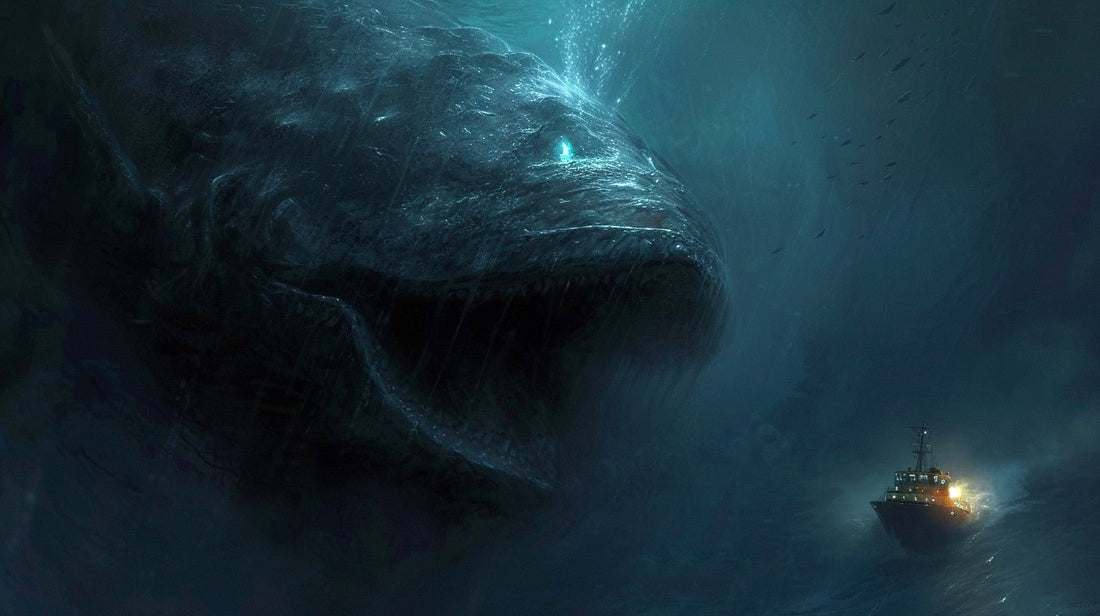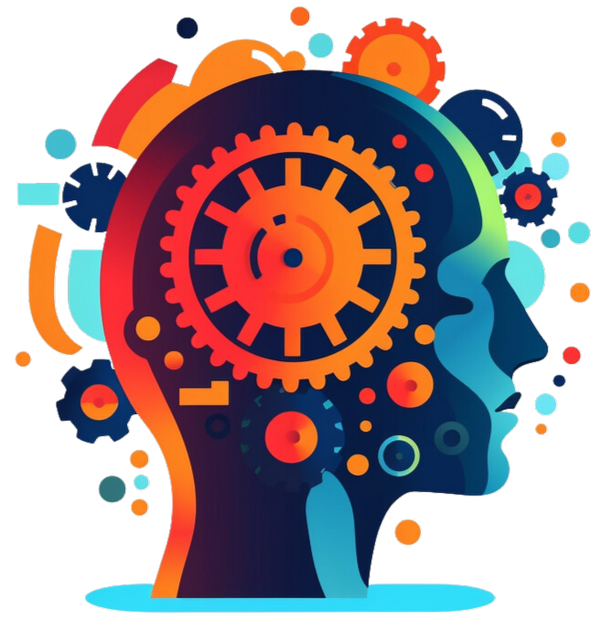
Helper and Saboteur: The Power of Our Subconscious
Share
Did you just make a forceful decision – or were you more likely driven? Our actions are far less free than we like to assume. A blog about the part of the psyche you (usually) don't have access to.
1865: The German chemist Friedrich August Kekulé tosses and turns in his sleep. He dreams of a snake biting its own tail (" ouroboros "). Shortly afterward , based on this dream, he formulates his ring theory of the benzene molecule . The discovery is considered groundbreaking in the field of organic chemistry—and therefore also in the understanding of chemical processes in our bodies. Our bodies consist of just hydrogen, oxygen, carbon, nitrogen, and a few trace elements.

Neuroscience suggests that at least 95 percent of our decisions are controlled by the subconscious . And our dreams, in particular, all too often contain valuable messages from this part of the psyche. But what is the subconscious, anyway?

The tip of the iceberg – and the rest under the water
The subconscious is the sum of thoughts, memories, perceptions, urges, attitudes, and potential actions that exist within us, even though they are not currently at the forefront of our attention. Whatever has our full attention at a given moment is what we experience consciously. While you were reading these sentences, you may have been sitting in a chair or on a train. But only now, as you become conscious, do you feel your bottom resting on a surface.
The author was once bitten by a swan as a child. Since then, he has had a dislike for these otherwise beautiful animals. Or maybe you were allowed to eat vanilla ice cream for the first time at the age of four. Sitting on your father's lap, the warm summer sun on your skin. Today, you love all sorts of vanilla-flavored things – and always prefer to buy real vanilla sugar rather than the industrial version.
In this context, researchers often cite the iceberg, of which only the tip is visible above the water (> conscious) . The largest part of the chunk lies below the water's surface (> subconscious). A fact that also proved fatal to the captain of the legendary Titanic...

Many influences that together form our behavioral patterns
The subconscious is influenced by a variety of factors, including:
Early life experiences: childhood experiences, upbringing and first social interactions.
Cultural and social influences: norms, values and expectations imposed by society.
Emotional events: Profound emotional experiences, both positive and negative.
Repetitive thoughts and behaviors: Habits and beliefs that are reinforced through constant repetition.
Dreams and fantasies: The unconscious processing of thoughts and feelings through dreams.
Unconscious learning processes: Learning through observation or through experiences that are not actively brought to consciousness.

Leading the topic: Sigmund Freud and student CG Jung
The Austrian depth psychologist Sigmund Freud revolutionized the world of psychology with his theory of the unconscious. He postulated that most of our psychological processes take place below the level of consciousness, hidden yet powerful. According to Freud, it is our repressed desires and unresolved conflicts, usually from childhood, that linger in the unconscious and unnoticed control our behavior.
He placed particular importance on dream interpretation , viewing dreams as windows to the unconscious through which our hidden desires and fears emerge. Freud's theories laid the foundation for psychoanalysis and continue to challenge us to explore the dark corners of our psyche.

The Swiss psychiatrist C.G. Jung from Kesswil (TG) , once a student of Freud, developed his own revolutionary ideas about the unconscious. He distinguished between the personal unconscious, which contains unique personal experiences, and the collective unconscious, a deep level of the psyche that he viewed as a universal heritage of humanity. Jung's theory of the collective unconscious is particularly well known for the concept of archetypes —universal, primordial symbols and stories found in myths, dreams, and works of art across all cultures.
One of these is "the shadow" : It symbolizes the dark, often repressed aspects of the self. Primitive, negative human emotions and impulses such as envy, anger, jealousy, and the lust for power belong to this shadow. Dealing with it is central to the individual's self-discovery process, as only the recognition and integration of these dark aspects—in each of us—lead to a more complete understanding of ourselves.

Getting to know each other: Therapies with access to the subconscious
ADHD also has a strong connection to the subconscious. The often excessive impulsiveness, for example, doesn't originate in the conscious regions of the brain, but is controlled by the older parts of the brain that ensured our survival in the days of hunters and gatherers . Various therapies directly target subconscious beliefs, motivations, and fears:
Psychoanalysis / Psychodynamic Therapy : Founded by Sigmund Freud, psychoanalysis is one of the oldest and most well-known approaches to psychotherapy, focusing on the subconscious. Therapy aims to uncover and work through unconscious conflicts arising from childhood experiences that influence current behavior. Techniques such as free association, dream analysis, and the examination of the transference relationship between therapist and client are central elements of this method.
Cognitive behavioral therapy (CBT) with a focus on schema therapy: Cognitive behavioral therapy typically focuses on identifying and changing conscious thought patterns, but schema therapy, an extension of CBT, aims to identify and change deep, unconscious patterns (schemas). These schemas are often deeply held beliefs and feelings about oneself and the world, formed in childhood and profoundly influential in adult life.
Gestalt Therapy: Developed by Fritz and Laura Perls, Gestalt therapy focuses on the here and now and aims to increase clients' awareness of their current feelings, thoughts, and actions. The goal is to help clients become aware of their repressed feelings and unresolved conflicts, and to accept and integrate them to promote a holistic self-understanding.
These approaches understand the subconscious as an essential part of the human psyche, whose exploration and integration are crucial for mental health and well-being. Each method has its own techniques and theoretical frameworks, but all recognize the importance of the subconscious in therapeutic work.
Sometimes it all goes even further. For example, when you see a burning leopard in a deep hypnosis—which even leads to stabbing stomach pain that lasts for 20 minutes. The animal's name is Auryn ( "The Neverending Story," Michael Ende ). Later, you have the animal tattooed from a nature photo—without ever saying a word about it. The tattoo artist suddenly starts singing the theme song from the film "The Neverending Story" (a film older than the man himself). A year later, you're looking for a hotel in Sirnach at 1 a.m., as long as it's cheap (first AirBnB, but they turned you down). You end up...in the same house where you got the tattoo (a country inn). And the pillows in the room...well...whatever. There are about 50 more stories like this—and again and again...THE ANIMAL. But that's another story—and for another time.

